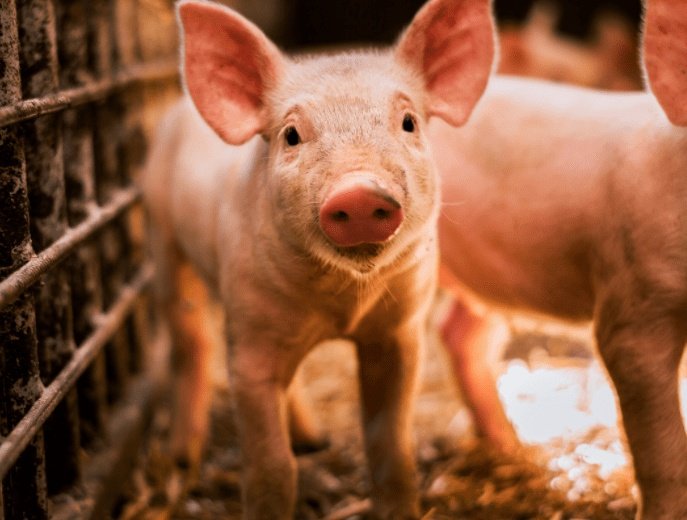⚠️ BREAKING:
Chinese Researchers 🇨🇳 Identify New PDCoV Strain from Pigs Infecting Humans and Disrupting Genetic Expression, Raising Zoonotic Pandemic Concerns.

Chinese Researchers 🇨🇳 Identify New PDCoV Strain from Pigs Infecting Humans and Disrupting Genetic Expression, Raising Zoonotic Pandemic Concerns.


Researchers from China have discovered a new strain of porcine deltacoronavirus (PDCoV), CHN/SX-2023, capable of infecting human liver cells and disrupting genetic expression, raising concerns about animal viruses infecting humans.
Initially found in pigs in Hong Kong in 2012, PDCoV has since spread across multiple countries, primarily affecting pigs. However, the new study reveals the strain can infect human cells, specifically liver cells, and cause significant genetic disturbances.
Over 2,500 human genes were affected, including those involved in immune responses, inflammation, and metabolic functions.
The virus also triggered two major survival pathways in human cells, autophagy and ferroptosis, which could facilitate its replication.
The virus also triggered two major survival pathways in human cells, autophagy and ferroptosis, which could facilitate its replication.
The virus's spike protein, which helps the virus bind to host cells, is nearly identical to that of previous human-infecting strains, raising concerns about its potential to cross species barriers.
Although PDCoV has not yet been confirmed as a widespread human pathogen, its ability to infect human cells and alter genetic functions is a red flag for future zoonotic threats.
• • •
Missing some Tweet in this thread? You can try to
force a refresh










